I started the week at my internship by downloading a 3D model of Mt. Sneffels, a fourteener near Montrose that I’ve submitted. From there I sent it to the library’s 3D printers to get modelled. While I waited for my model to be printed, I read some Python manuals that Zhidi suggested, so I would be well versed for my newest coding project. After lunch, Zhidi taught me about coding with RGB values in Python. RGB stands for red, green, and blue values, which are the values that a computer will assign a color. To learn how to work with these values I made a picture black and white. To do this I told the code that if any values exceeded 127, which is the halfway point on the RGB scale, it would be black, and if any were below 127 it would then be white. Once I was able to do this I went and picked up my Mt. Sneffels model.
On Tuesday I started the day 3D modelling a dice. It was way easier than I thought and the pips, which I thought were going to be hard, turned out to be a simple revolve tool. The revolve tool is used to revolve a 2D sketch around an axis to create a 3D shape. In my case though, I used it to make the dips by drawing half circles and ‘cutting’ instead of creating. I sent my tiny 12mm model to the library to print while I got lunch. After lunch I got it and it was tiny! I realized how small and light the dice was, which made me realize that printers default to fill the interior only 15% which saves filament but doesn’t make for a filled, fair, dice. So, I planned to make a bigger dice, and met with Adriann. With Adriann, I set up a CO2 sensor that included a micro SD card module. This will help us store the data that it takes in when we do our final experiment! After that we combatted a problem we were going to have with our batteries. The batteries we are going to use are 9 volts which is too big for the Arduino board and the sensor, so we had to use resistors to convert the voltage to what we needed. Shortly after we had figured out our system of resistors, we actually tested powering the sensor with just the battery and no resistors and we found that it would work and power it well without the resistors. Well I now know how resistors work, we just have no use for them.
On Wednesday I again started my day 3D modelling and this time I remedied my unsuccessful dice. I made it and the pips bigger, and I made the infill percent 100 so it would be completely solid. Once I sent that to the printer I went to lunch. After lunch Adriann came again and we set up a sensor that we got in the mail.
After working with Adriann I went with Ting to meet Dr. Diego Fernandez, a Research Associate Professor in the Geology & Geophysics department. We met with him to learn what we needed to do to prepare for our batch experiment and to see what other elements we might need. Once we finished talking we toured a couple of his labs. They were much more technical than ours as we had to wipe off our feet and make sure we had no dirt or dust on us before we entered. This was because there were ongoing experiments with chemicals and such and some of the results could be messed up by those particles of dirt. Their lab had lots of cool gadgets to find different parts of chemicals and batches. One spectrometer was really cool!
Once we were done in the lab it was time to go home.
I started Thursday not by 3D modelling, but by coding with Kevin. My coding project was an REA problem but instead of a square grid, I used a circle grid to replicate the porosity of gravel. I worked on it all morning, inserting the image that would be my grid, and then coding an algorithm to sample the porosity of the image like the square REA. After lunch I finished my code!
Once it was finished I went and picked up my new and improved dice! It was awesome, and much heavier than I would have guessed!
On Friday instead of 3D modelling, I browsed a website called ‘Thingiverse,’ which is a website where creators share their 3D models! After looking at some really intricate models, I started coding the same REA problem, but with Zhidi. They both think and code very differently so it was Zhidi’s turn to show me how she does it. After lunch I learned more of Zhidi’s code. I also met with Aaron, a past postdoc student who worked mainly with one of the high tech sensors that I’ll be using called the LI-COR. He helped me set up the software on the computer and helped me calibrate it. To do this we had to shoot controlled gases into the sensor and then tell the sensor that it was reading that amount. Once we were done calibrating the sensor and setting it up I left to go to Idaho with my host family!
This leads me to what I did in my free time! This week I drew a ton.
This orange is one of the things I drew and then water colored.
I also wandered the library as I went to pick up my many 3D models, and stumbled across these gorgeous Chinese wall dividers.
Then I of course went to Idaho. My host family has been wonderful to me and when they went to Idaho to stay in a house along the Snake river, they invited me to come along. And how could I say no to this!

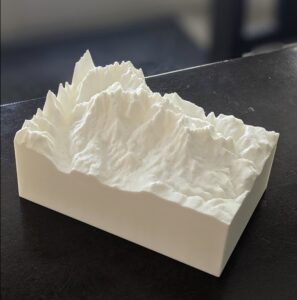
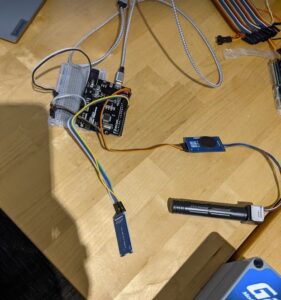
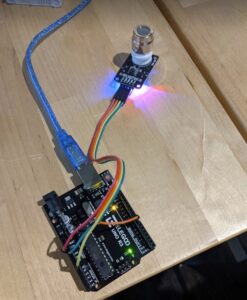
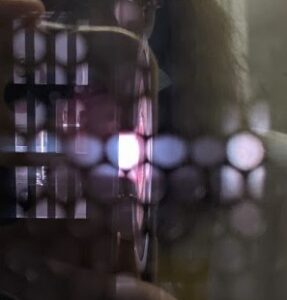
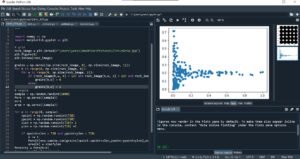
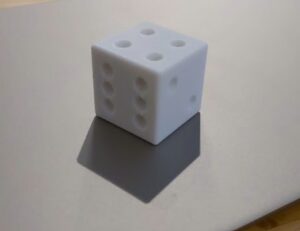
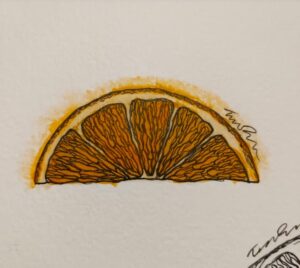
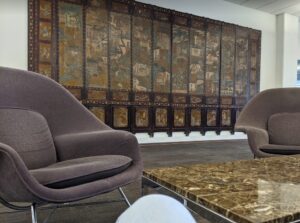
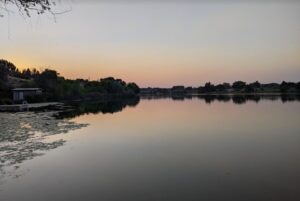
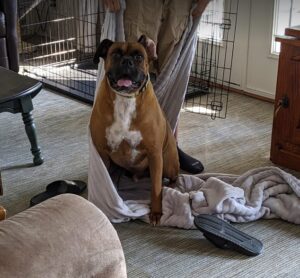
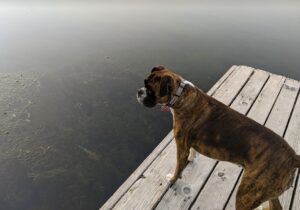
There are no comments published yet.